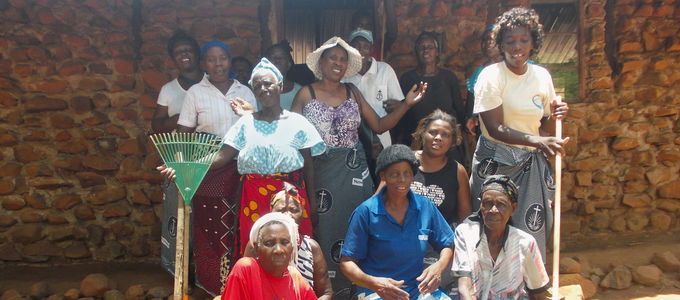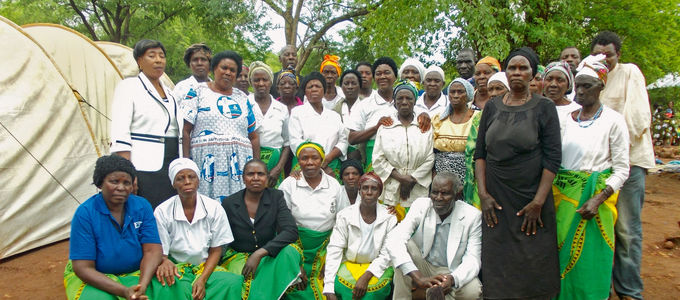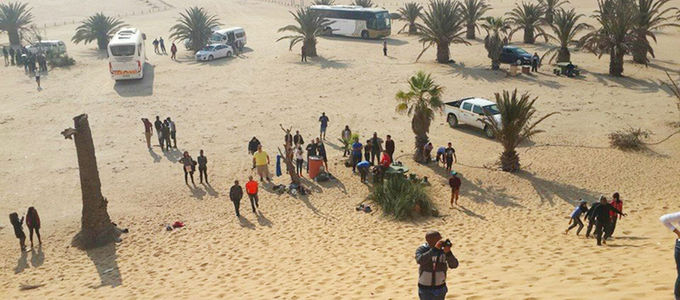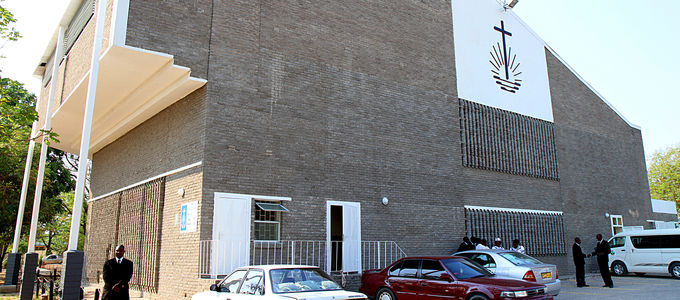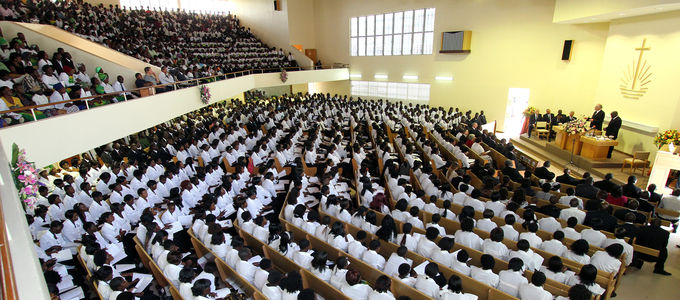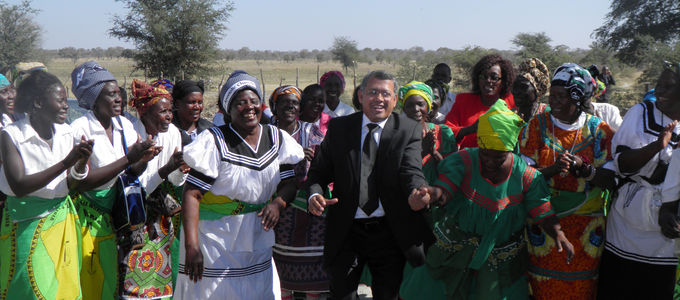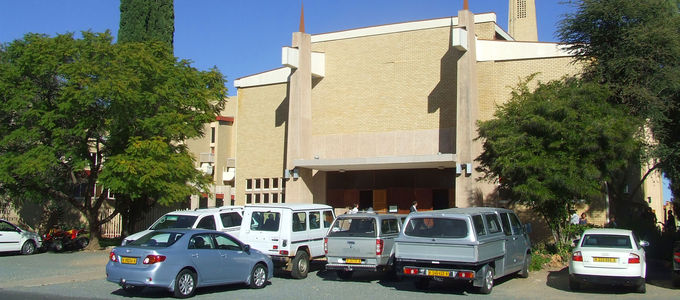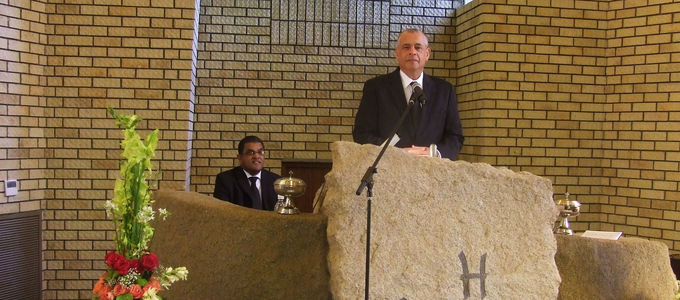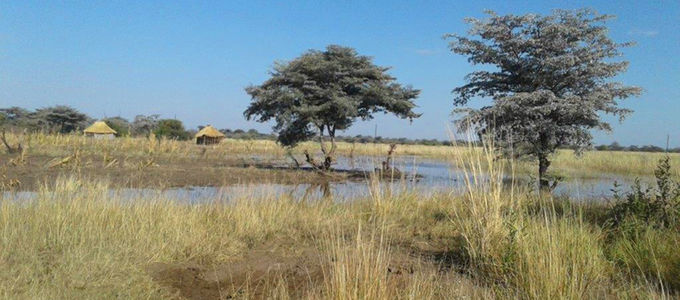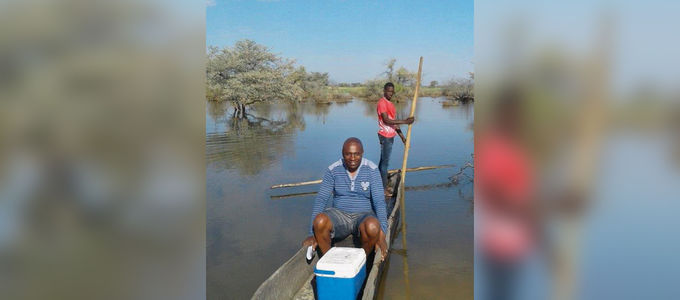A journey to African roots
Desert and sea, wide open spaces and narrow confines, wealth and poverty—this weekend, for the very first time, Chief Apostle Jean-Luc Schneider will visit a land of contradictions: Namibia.
East London on South Africa’s East Cape may not be the mother of all African congregations, but it is certainly the oldest of all New Apostolic congregations on the African continent. It is here that Chief Apostle Jean-Luc Schneider will conduct the divine service on coming Sunday, 15 December 2019. But this will not be his first visit there. That distinction is reserved for Namibia, the neighbouring land to the north. On his first visit there, the Church leader will also get a little closer to the roots of our Church in the country.
A desert as godfather
The Republic of Namibia is situated on the southwest coast of Africa. The country has been politically independent since 1990. Previously, it was under the rule of South Africa, which had conquered the colony known as "German Southwest Africa" during the First World War.
With 3.2 inhabitants per square kilometre (compared to 40 in South Africa and 220 in Germany), Namibia is nearly the most sparsely inhabited country on earth, second only to Mongolia. However, the northern provinces—which comprise roughly ten percent of the nation’s surface area—are home to about half of the country’s 2.6 million citizens. This is because vast expanses of the country are covered by desert—that is, by the Namib Desert, from which the country derives its name.
The economy revolves primarily around agriculture, livestock farming, tourism, and mining (diamonds, uranium, and precious metals). Although Namibia is in a better economic position than many of its African neighbours, its unemployment rate still amounts to about one third of the population. And one fifth of its citizens live in poverty. There are only a few other countries in the world where assets and income are distributed in such an extremely unequal way.
A captain in a lighthouse community
Some 90 percent of the inhabitants are Christian, and about half of these are Lutherans. The New Apostolic Church in Namibia currently numbers well over 21,000 members in 140 congregations, in the care of more than 1,100 ministers.
The first congregation came into being when Priest Haelblich, a sea captain with the Woermann Line, came to Swakopmund in 1903. There he met up with a group of New Apostolic immigrants from Germany, and soon after, the first divine services were conducted in the local lighthouse.
Grown from two ends
The further development of the church was influenced by the impact of the First and Second World Wars on the country. New inspiration came from Namibian guest workers who had gone to Zambia to work and come back home at the end of the 1950s equipped with the New Apostolic faith. So it was that many congregations came into being in the north of the country, particularly in the Caprivi Strip, an ear-shaped bulge in the country’s northeast.
Since that time, the members in the north were served by ministers from Zambia, and the members in the south were served from South Africa. At about the same time the state gained its independence in 1990, Namibia was transferred completely to the care of what was then the Cape District.
Our members in Namibia enjoyed their first visit from their international Church leader when Chief Apostle Richard Fehr came to the capital of Windhoek in January 1992. His successor, Wilhelm Leber, visited not only Windhoek, but also Katima Mulilo in the Caprivi Strip, in October 2011. And for the first time ever, it will be a coastal city that will play host to Chief Apostle Schneider on Friday, 13 December 2019, namely Walvis Bay, a mere 30 kilometres from Swakopmund, where everything in Namibia began.


